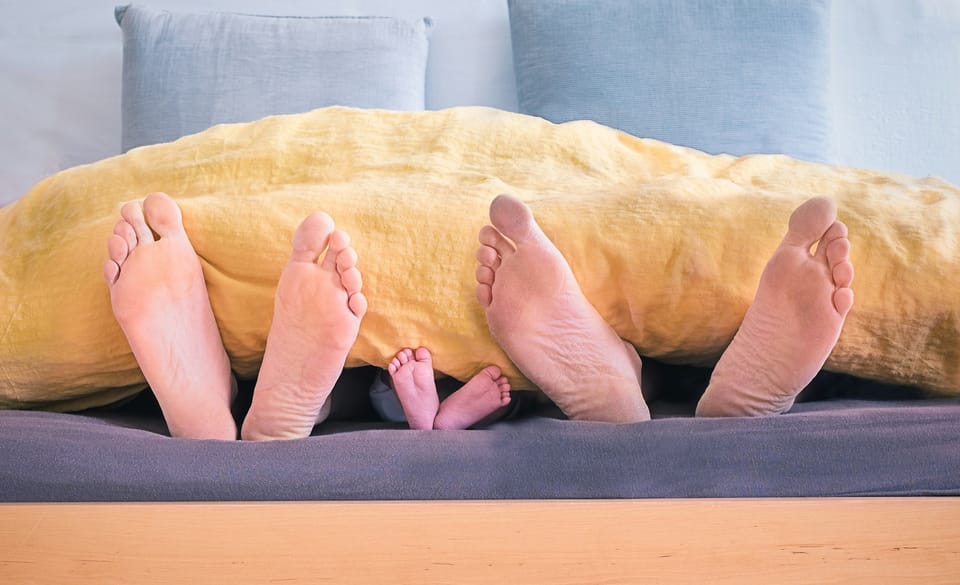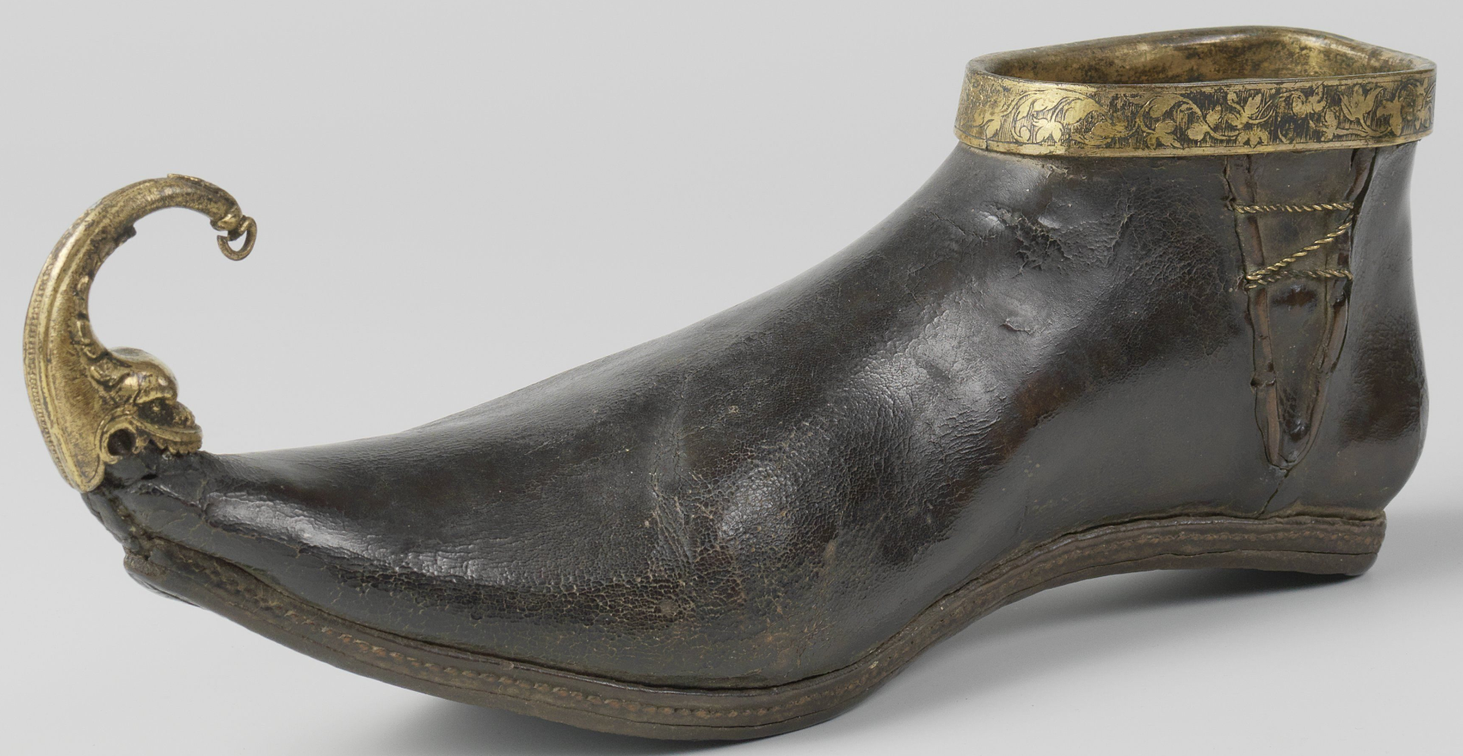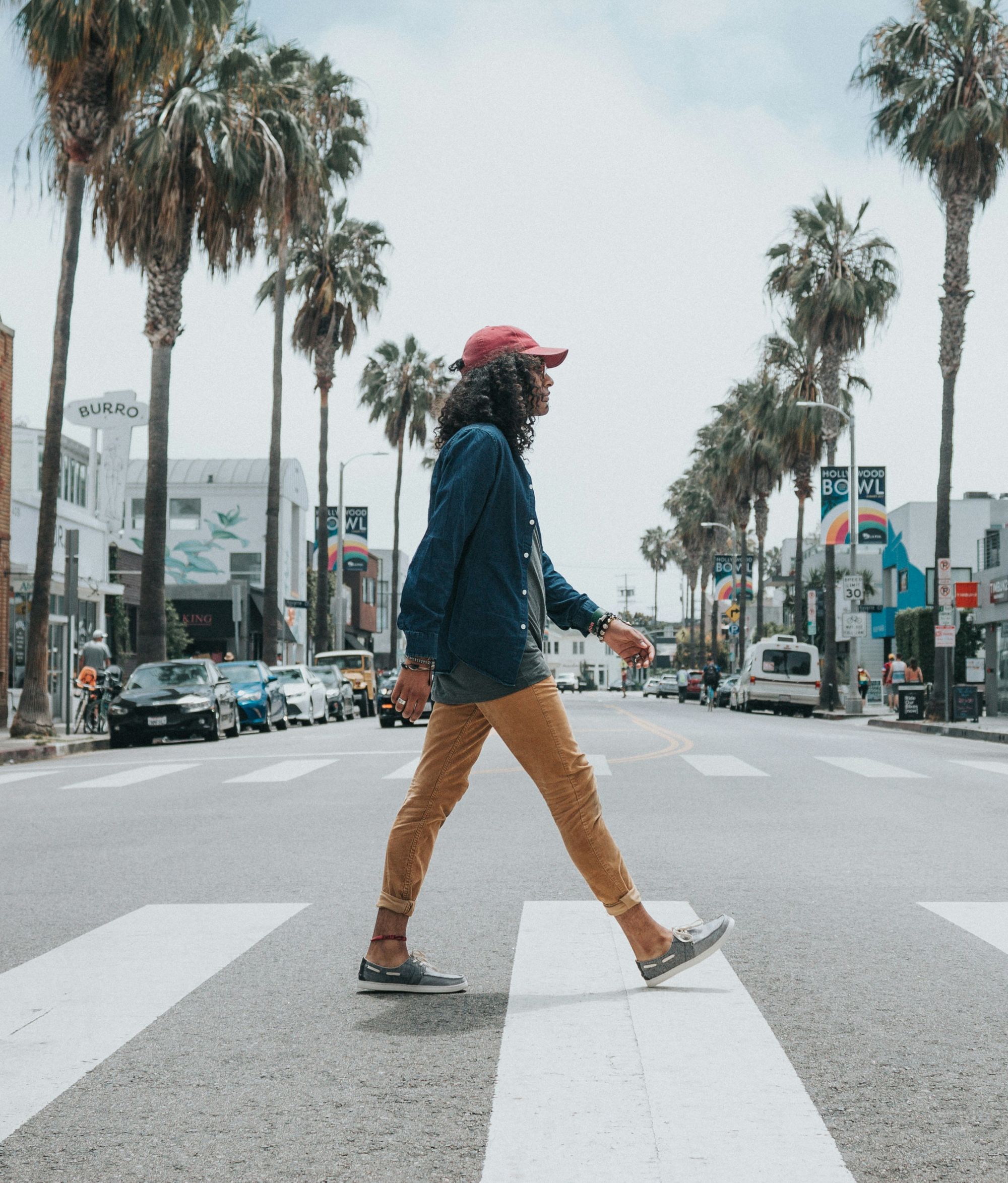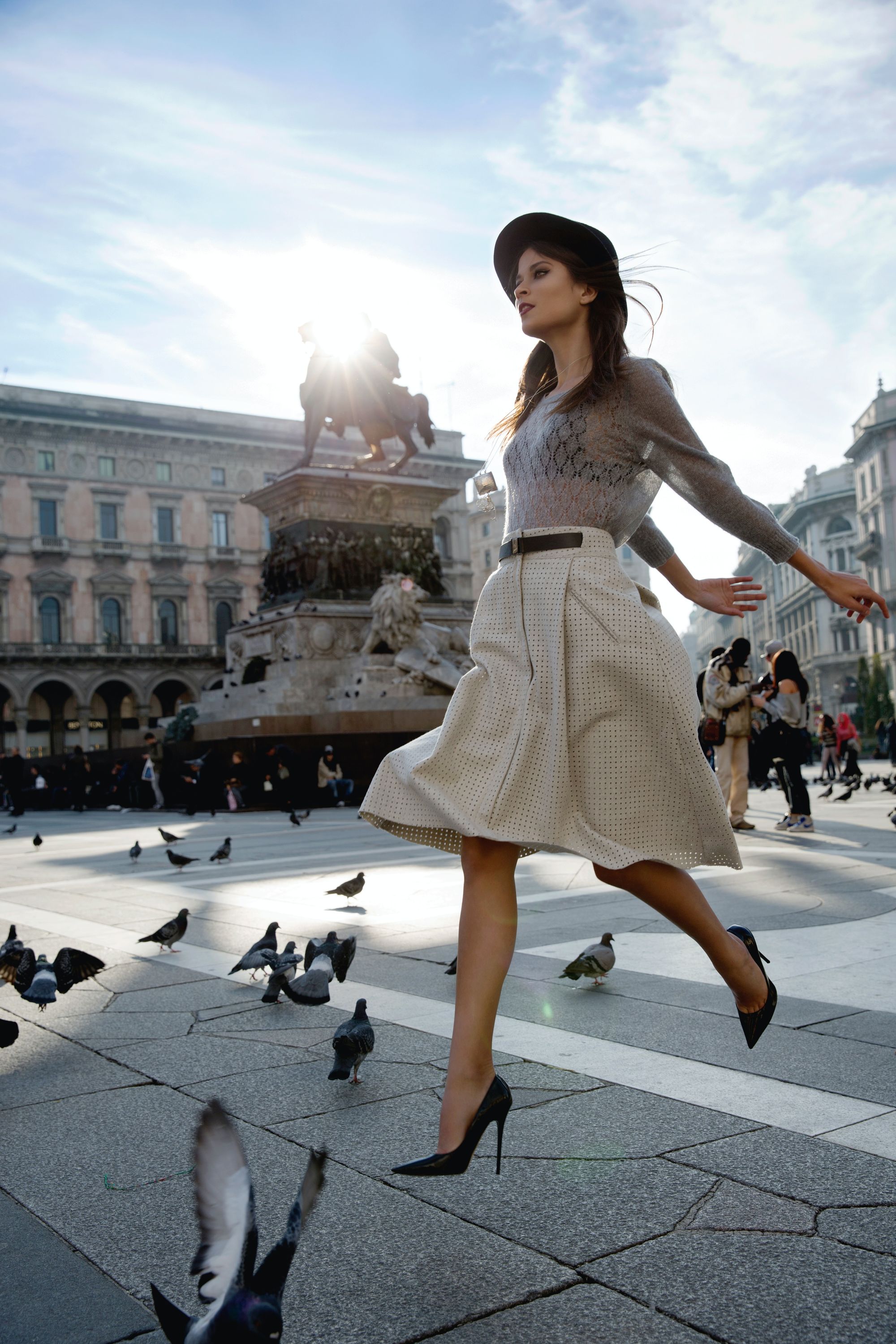7 Essential Features of Barefoot Shoes

This blog is dedicated to my sister, Michelle Glazebrook. In 2022 you asked me what barefoot shoes were. I told you I would write a blog on it – well here it is!
Often there is confusion around the term ‘barefoot shoes’. People conjure up pictures of shoes with 5 individual toes, or even a shoe that is split at the big toe with space for 4 toes in a separate section.
“Yes” these do exist but there are other more conventional looking shoes that are also termed ‘barefoot’ shoes.
‘Minimalist’ shoe is another term that can be used interchangeably with ‘barefoot shoes. So in this blog, the term ‘barefoot’ shoe also denotes ‘minimalist’ shoe.
What are barefoot shoes?
Barefoot shoes are any shoes that allow your feet to function and move in the same way as if you were not wearing shoes.
Let’s delve into 7 essential features of barefoot shoes.
7 essential features of barefoot shoes
1. Wide toe box
The wider toe box resembles the shape of the natural foot.
Wide toe boxes allow your toes to spread as you walk. This allows you to accept weight through all of your toes. This spread position increases your base of support (the surface area in which you accept weight).
When your toes are spread, you get a bigger base for sensory feedback from your foot nerves to your brain. The brain then sends messages back to the foot to allow it to accommodate as you walk. This helps with your balance.
Without a wide toe box, your toes are squished together and therefore not able to function or move correctly as you move. Your base of support is also reduced impacting negatively on foot mobility, sensory feedback, and balance.
When choosing your shoes remember that your feet will take on the shape of the shoes you wear most of the time.
If you prefer your feet to look pointier and elf-like, then wearing pointy, narrow toe boxes is the way to go.

Wearing narrow toe boxes can lead to bunions, hammer toes, corns, calluses, and other problems
Did you know:
“Women are 4 times more likely to have foot problems than men are, mostly due to footwear” [2]
2. Zero drop
Barefoot shoes have a zero drop. This means that your heel is on the same level as your toes when standing.
Barefoot shoes do not have a heel. Through clever design – they may look like they have one.
In addition, there is no upward turn of the toe area.
This is beneficial because it improves your joint alignment and posture.
The effect of a heel


Left: Photo by Tyler Nix on Unsplash / Right: Photo by Carmine Furletti on Unsplash The postural effects of adding a heel

As soon as you add a heel, even a tiny little one, your weight shifts forward toward the front of the shoe. The effect is amplified the higher the heel. This can result in:
- The hip and spine being pushed out of alignment
- An increased lumbar lordosis resulting in a "bottom sticking out" position
- Strain on the knees
- Shortening in muscles, such as the calves, resulting in achilles tendonitis (tenderness over the achilles tendon), plantar fasciitis (pain in the heel and bottom of the foot)
- The weight shifts forward to the front of the shoe resulting in foot problems such as metatarsalgia (pain in the ball of the foot); bunions; hammer toes; corns and callouses
- Restrictions in ankle movement
- Tendency to lean forward with resultant compensatory changes to spinal alignment
- Abnormal biomechanics when walking.
“A 2½-inch high heel can increase the load on the forefoot by 75%.” [2]
Individuals who switch to barefoot shoes often report improvements in back, hip, and knee pain as body alignment improves.
“Lower backache, headaches, indigestion, and a misaligned spine can often be traced to problems with your feet.” [3]
The negative impact of a raised toe area
The toe area of barefoot shoes sits flat to the ground, as though you are standing in bare feet.
A raised toe area puts the toes in an unnatural position – so in standing they are in a position of extension i.e. toe up position. This can put a strain on the metatarsal heads (ball of the foot) and impact how the foot moves during motion.
3. Flexible sole
You can roll, bend, or twist barefoot shoes in your hand (great for packing into a suitcase!)
This allows the 33 joints in each foot to be adaptable as you move over different surfaces – allowing them to bend and twist naturally. This in turn improves muscle strength in the foot, balance, and joint awareness.
4. Thin sole
Barefoot shoes do not have all the padding or cushioning seen on conventional shoes.
This allows you to feel the ground better under your feet.
This improves the quality of your sensation and sensory responses as the information is relayed to the brain.
There are over 200,000 nerve endings in each healthy foot [4] (wow, think about that for a moment!). If you wear cushioned shoes you will dampen down foot sensations to the brain which will impact on your ability to react.
People often think that a thin sole would be uncomfortable. Most barefoot shoes come with a flat removable insole.
Our muscles need to work to become stronger. Putting cushioning and arch supports in shoes restricts joint movement.
“When you put your foot into a cushioned shoe it’s the same as putting your butt onto a cushioned sofa. What you’re doing is allowing everything to relax and get soft and deactivate.” - Christopher McDougall, Shoespiracy video, YouTube
5. No arch supports
This is a good thing!
The benefits of this are that without this support the foot can move more naturally and so the muscles become stronger. They are not being held in positions that cause limitations to their natural movement.
The purpose of the natural arch in the foot is to help stiffen the foot and to help with propulsion during walking/running. This can be restricted with the use of arch supports.
Barefoot shoes often come with insoles. When they do, there is no arch or other supports added to the insole, and the insole can often be removed to increase the barefoot feel.
Some people experience immobility or pain without arch support – so they need to weigh up the benefits for themselves. For others, it may be worth trying the barefoot approach first before committing to the use of long-term arch supports.
Also, if you have stiff arthritic feet with immobile joints, you may not tolerate a barefoot shoe - you may prefer a more rigid shoe.

6. Light
Due to their construction, barefoot shoes are lighter than conventional shoes. This allows you to flow and move more naturally.
As a secondary point, this also makes them great for packing in your luggage when weight restrictions apply!
7. Secure to the foot
So this answers the question as to why flip–flops are NOT barefoot shoes. Flip flops are not secure to the foot. They are called flip-flops because your feet flip and flop in them!
Shoes need to be secure so that the foot can relax to move efficiently. Otherwise, the toe muscles are working hard to hang onto the shoe. This causes the normal functioning of the foot to be altered.
The Foot

The average foot has:
- 26 bones
- 30 joints
- Over 100 muscles, tendons and ligaments
- Acts as a base of support
- Helps in balance
- Feeds back to the brain through sensory nerves
- Acts as a shock absorber
- Has the ability to conform to the ground
- Is used during propulsion
Modern shoes
In comparison to barefoot shoes, most modern shoes are:
- Rigid
- Heavy
- Do not follow the shape of your natural foot
- Reduce your sensory awareness of the surface you are walking on
- When described as wide this does not mean they have a wide toe box but may have a wider forefoot area
- Have a heel
The final word on barefoot shoes
Barefoot shoes can be used for walking, running, hiking, and other activities.
Some people don’t easily transition into barefoot shoes from a ‘normal’ shoe. Sometimes what is needed is a ‘transition’ shoe. As the name suggests, these shoes allow a gradual transition by having some of the barefoot features.
Individuals who decide to go straight to a barefoot shoe may need to gradually build up their wear time to allow the body to adapt to them.
There are many videos on YouTube to advise on how to increase the mobility of the foot and ankle in preparation for wearing a full barefoot shoe.
Conclusion
Barefoot shoes are becoming an increasingly popular choice. As such, there are more and more companies to choose from.
They offer many health benefits for foot and joint health.
They have been used to improve posture and alignment of joints and reduce pain.
Companies, such as Vivobarefoot and Xero shoes, have invested a lot of money to improve the design and cosmetic appearance of them compared to the earlier versions.
They are an investment in the future health of your feet and long-term mobility.
When shopping for a barefoot shoe, check they have the 7 essential features discussed above: a wide toe box; zero drop; a flexible sole; a thin sole; no arch supports; light, and; secure to the foot.
Good luck on your foot health journey!
“One quarter of all the bones in the human body are in your feet. When these bones are out of alignment, so is the rest of the body.” [1]
Related posts:
My journey into barefoot shoes
Resources:
Shoespiracy YouTube video, Accessed online 30.11.2023
[1] Bridgewater Community Health on Foot Facts Accessed online 30.11.2023
[2] Manchester Foot and Ankle Clinic Foot Facts https://www.manchesterfootandankleclinic.com/foot-facts.html Accessed 02.11.2023
[3] Simard Foot and Ankle Clinic Feet Facts Accessed online 30.11.2023 https://www.simardfootclinic.com/feet-facts
[4] Dr Anders, “Sensitive Feet? That’s because there are over 200,000 nerve endings in each foot” 2019, Accessed online 02.11.2023